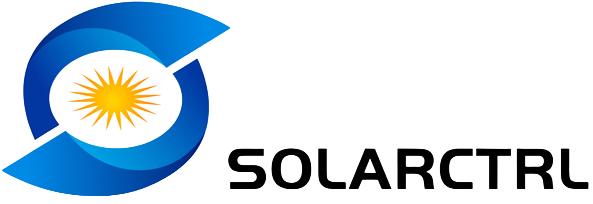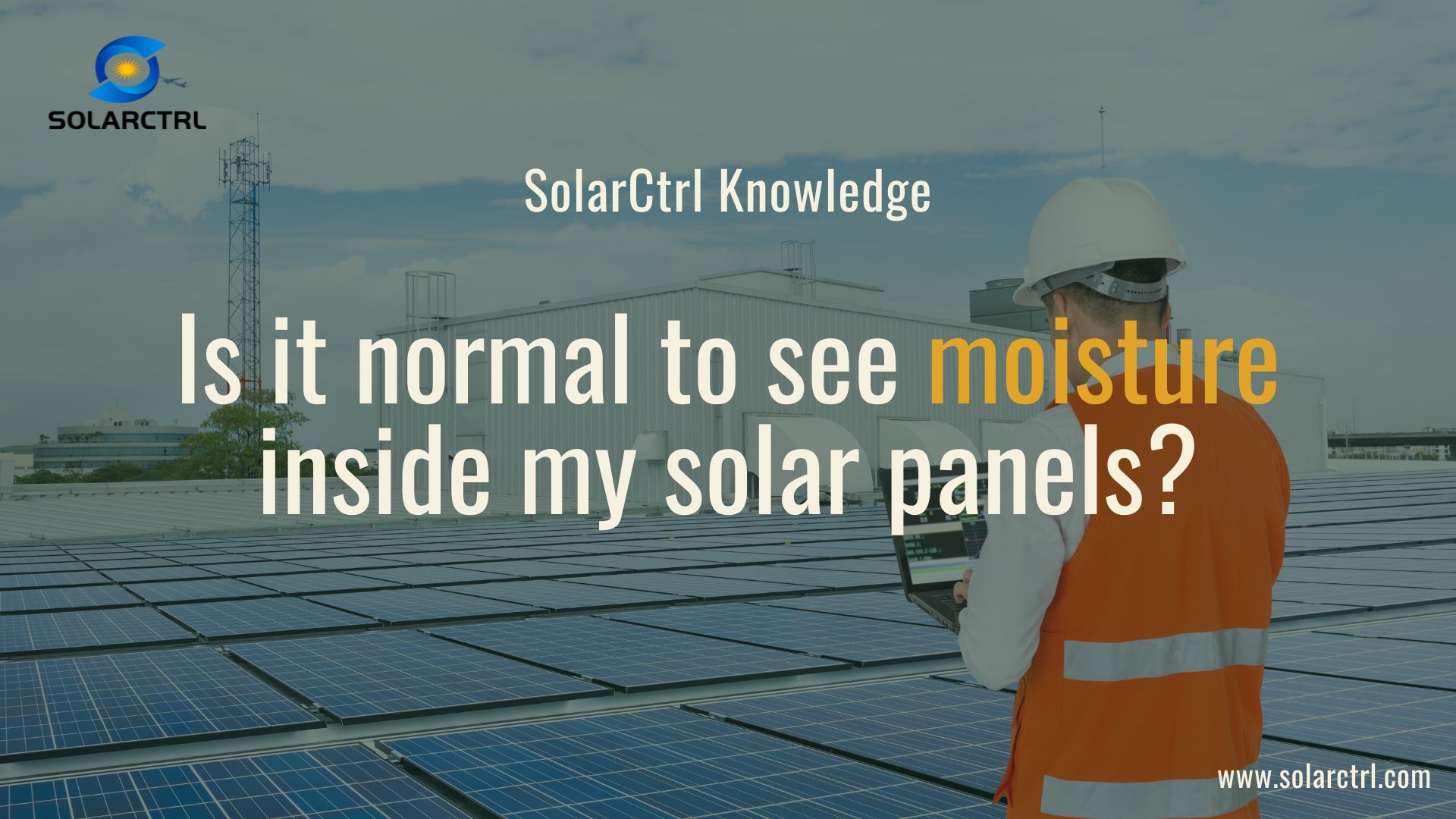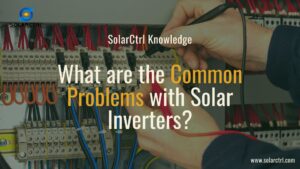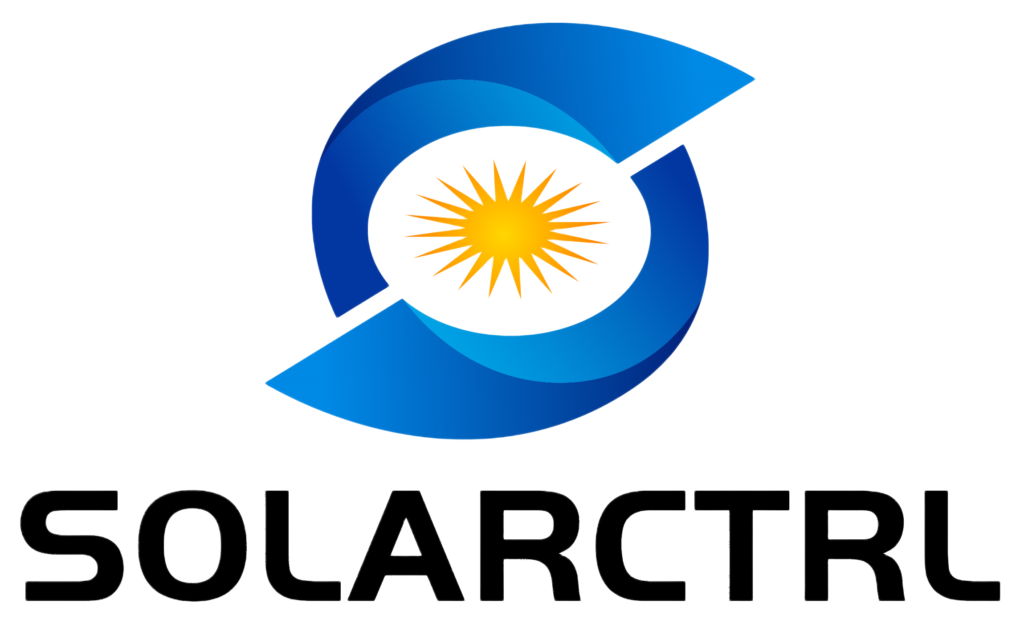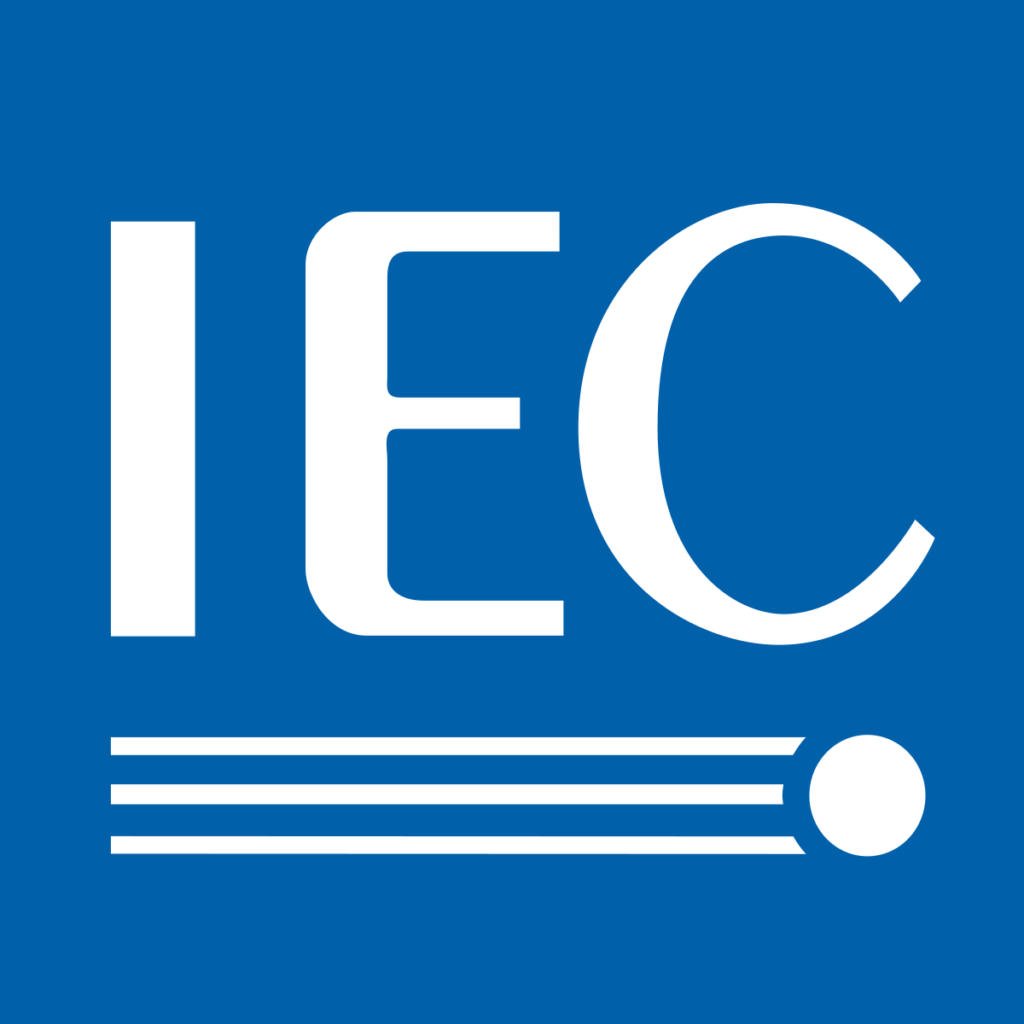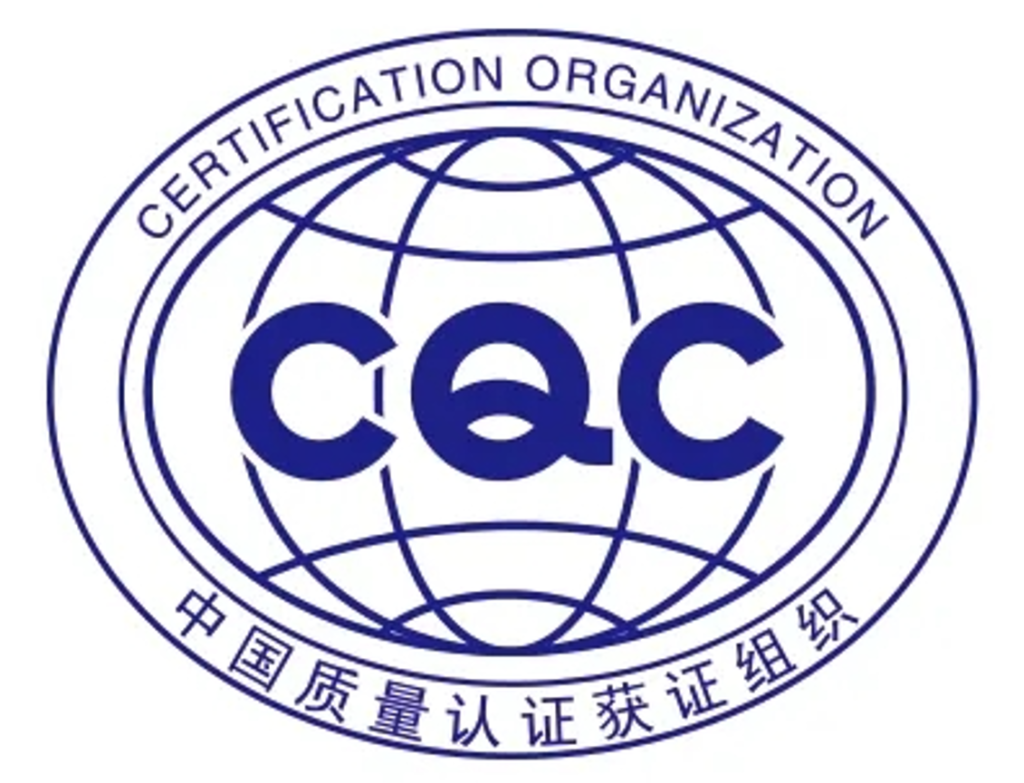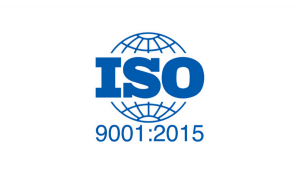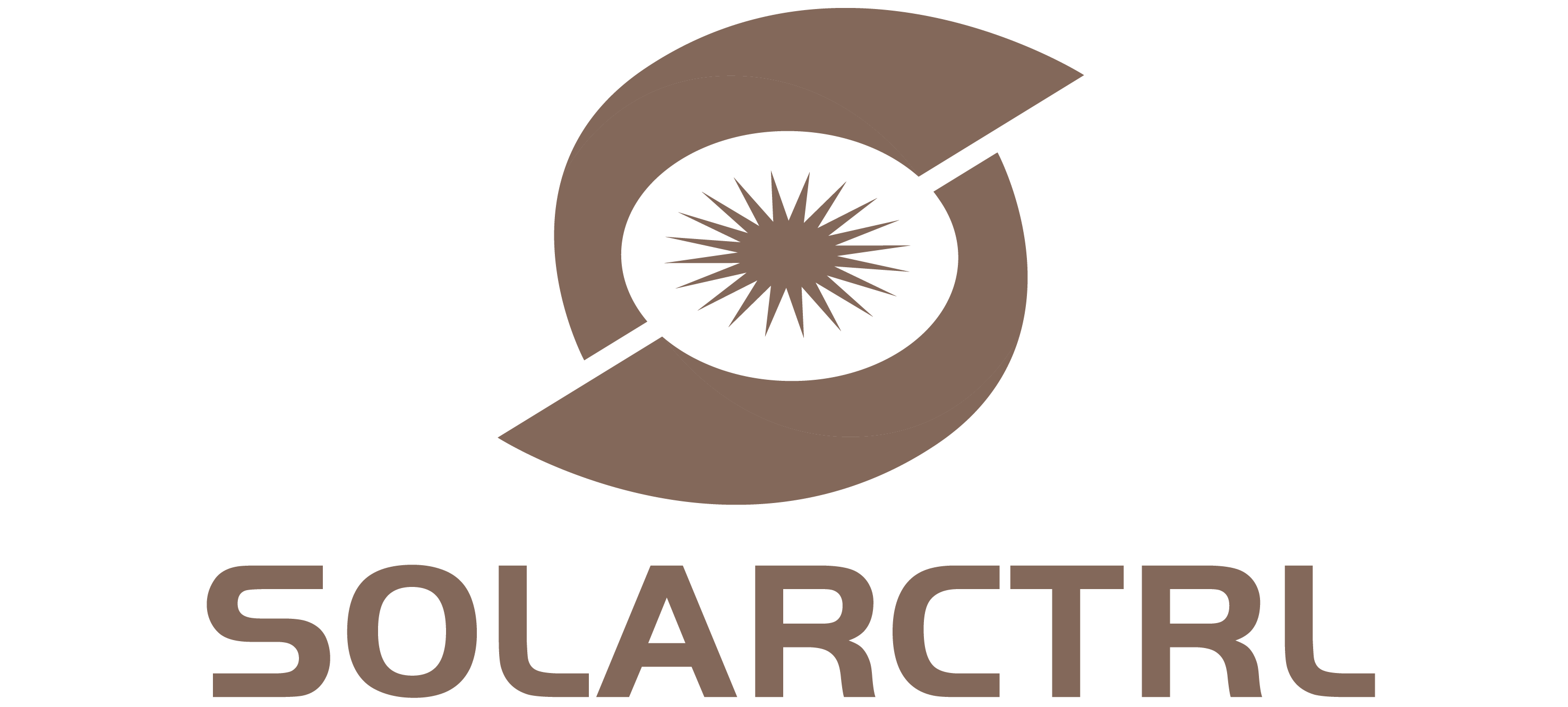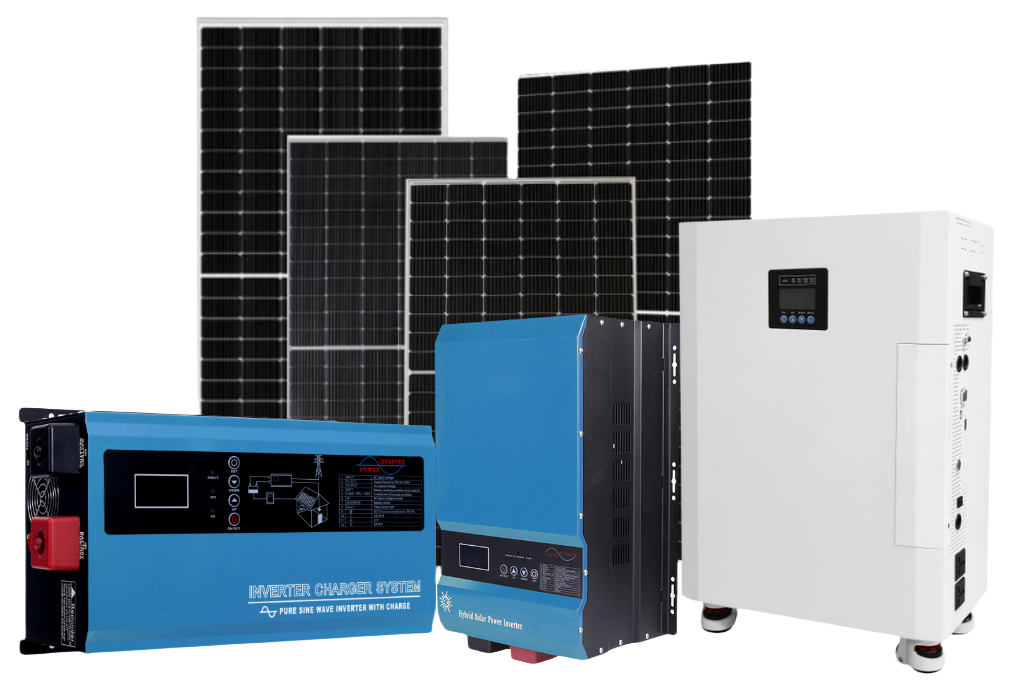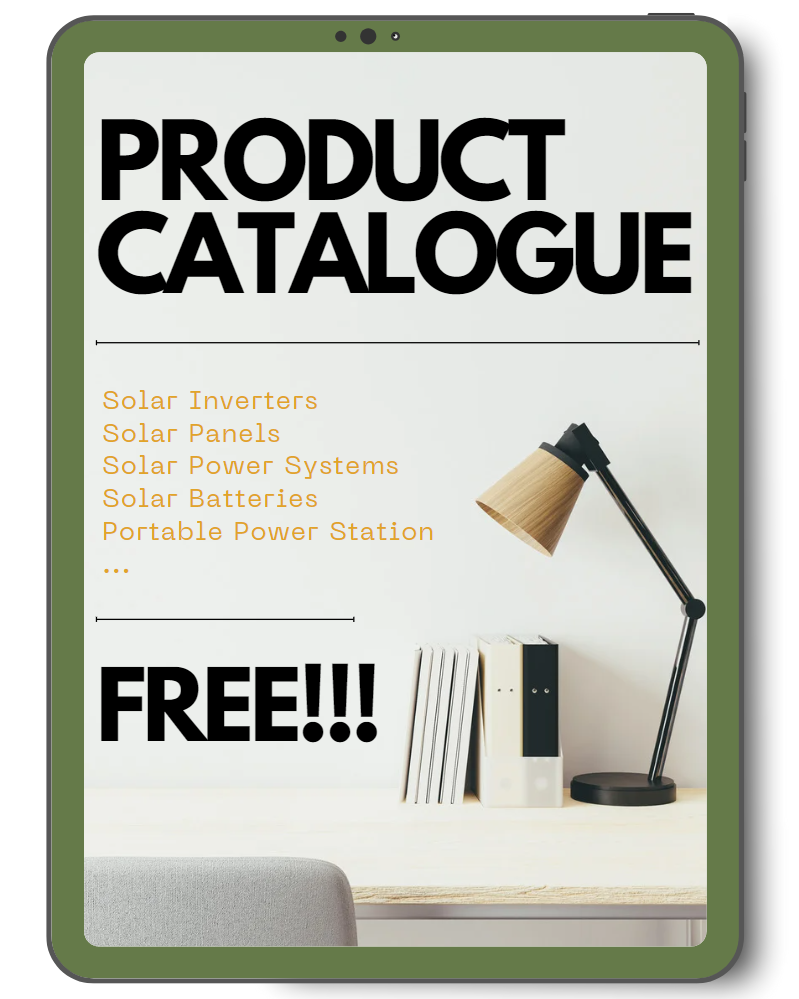No, it is not normal to see moisture inside your solar panels. Solar panels, also known as photovoltaic (PV) panels, are designed to be sealed and airtight. If moisture is present inside the panels, it is indicative of a failure in the sealing, which can be caused by various factors.
As someone who has worked in the solar industry for over a decade, I will now delve into why moisture may appear inside solar panels and how you can address this issue effectively.
Understanding Moisture in Solar Panels
1. Causes of Seal Failure
The integrity of a solar panel’s seal is crucial for maintaining its efficiency and longevity. However, several factors can contribute to the failure of these seals, leading to moisture infiltration:
1.1 Mechanical Stress During Transportation
Solar panels are often transported over long distances from the manufacturer to the installation site. During this transportation phase, panels can be subjected to vibrations, impacts, and shifts that can stress the seals. If not properly cushioned and secured, these stresses can create microfractures or loosen the adhesive bonds that seal the panel components together.
1.2 Incorrect Handling
Handling errors during unloading, moving, and installation can also compromise the seal’s integrity. Dropping a panel, placing undue pressure on the surface, or bending the frame during handling can cause small breaches in the seal that might not be immediately visible. These breaches can widen over time under environmental stresses, allowing moisture to enter.
1.3 Errors During the Mounting Process
The process of mounting solar panels requires precise technique to avoid damaging the seals. Over-tightening mounting clamps, drilling incorrect or misaligned holes for mounting hardware, or failing to properly align the panels can stress the edges and joints. This stress can distort seals or cause separation at the joints, both of which can lead to seal failure.
1.4 Operational Stresses
Once installed, solar panels are exposed to the elements. Fluctuations in temperature can cause materials to expand and contract, which may stress seals over time. For instance, during the day, the panel heats up and expands; at night, it cools and contracts. Repeated cycles of heating and cooling can degrade the sealing materials or cause them to loosen, particularly if the initial installation did not allow for adequate thermal expansion.
Each of these factors can contribute to the degradation of a solar panel’s seals, leading to moisture ingress.
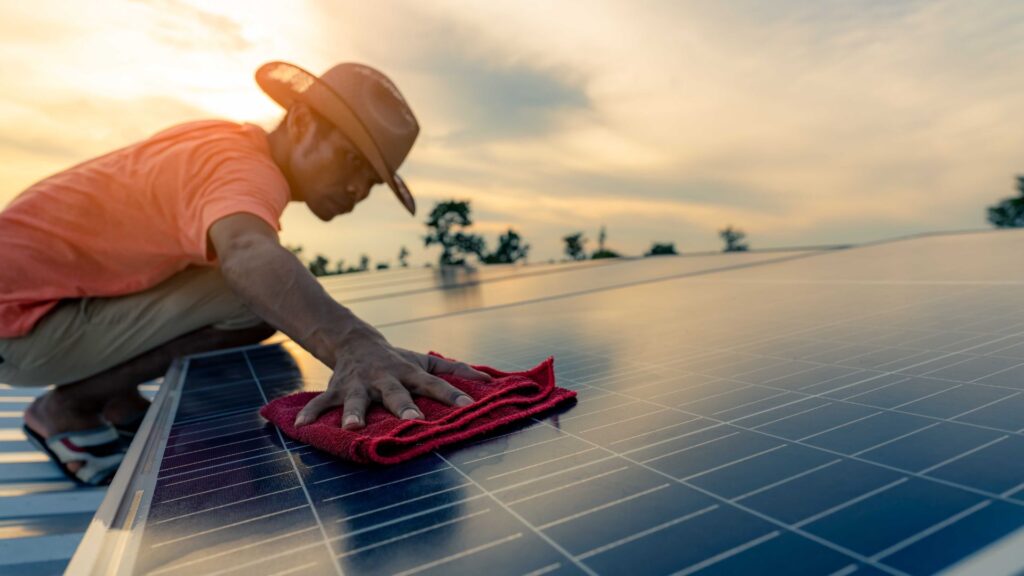
2. Impacts of Moisture on Solar Panels
Moisture inside solar panels is not just a minor inconvenience—it can lead to a cascade of detrimental effects that compromise the panel’s performance and lifespan:
2.1 Corrosion of Metal Grids
Moisture exposure is particularly harmful to the metallic components of solar panels, such as the metal grids that conduct electricity. When these components are exposed to water, they can begin to corrode, leading to increased resistance within the electrical circuits.
This corrosion not only weakens the structural integrity of the panels but also disrupts electrical connectivity, reducing the efficiency and reliability of energy production.
2.2 Delamination
Moisture can also undermine the structural integrity of solar panels through delamination. This process involves the separation of the laminated layers that make up the panel.
Lamination in solar panels is critical for protecting the photovoltaic cells and ensuring optimal performance. When these layers separate, it can lead to the exposure of sensitive materials to environmental elements, further accelerating degradation and reducing the panel’s ability to function effectively.
2.3 Discoloration of Encapsulants
The materials used to encapsulate and protect the photovoltaic cells within solar panels are also vulnerable to moisture.
Water ingress can lead to the discoloration of these encapsulants, which not only affects the aesthetic quality of the panels but more importantly reduces their light transmittance. This reduction in transmittance impairs the panel’s ability to absorb sunlight efficiently, thereby decreasing its overall energy conversion rate.
2.4 Reduced Efficiency
One of the most immediate impacts of moisture presence inside a solar panel is the formation of a thin layer of water on the surface of the photovoltaic cells. This layer can act as a barrier to light, reflecting and scattering sunlight that would otherwise be converted into electricity.
The presence of this water layer can reduce the panel’s output efficiency by 10-20%, significantly affecting the overall power output and rendering the system less cost-effective and efficient over time.
2.5 Potential for Electrical Short Circuits
In severe cases, moisture inside solar panels can lead to short circuits. Water is a conductor of electricity, and its presence in the internal circuitry of a panel can create unintended electrical pathways.
These can short-circuit the panel, potentially causing failure not only within the affected panel but also posing a risk to the entire solar array.
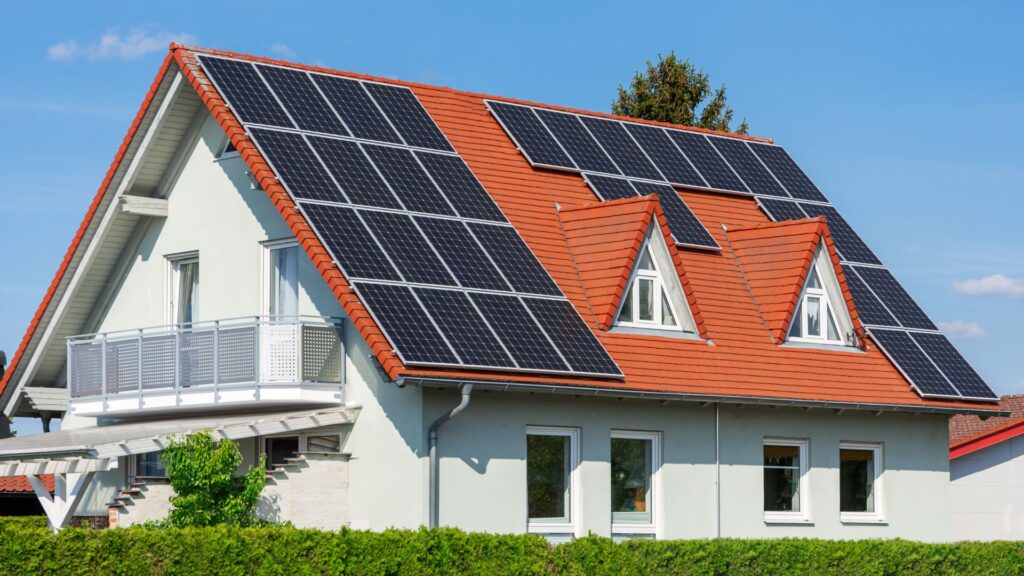
Solutions and Preventative Measures
Effectively addressing and preventing moisture issues in solar panels requires a comprehensive approach that encompasses regular maintenance, proper installation practices, proactive replacement strategies, and professional assessments:
1. Regular Inspection
- Scheduled Maintenance: Establish a routine inspection schedule to check for any signs of wear and tear, sealant degradation, or early moisture ingress. These inspections can be conducted seasonally or at least once a year, depending on environmental conditions and the age of the solar panel installation.
- Detailed Checkpoints: During these inspections, focus on identifying any cracks in the panel’s surface, checking sealant condition around the edges, and looking for any discoloration or fogging within the panels, which can indicate moisture presence.
- Immediate Action: If any signs of potential moisture entry are detected during inspections, immediate measures should be taken to seal the leaks or repair minor damages before they escalate into major issues.
2. Ensure Proper Installation
- Certified Installers: Always use certified and experienced solar panel installers. These professionals are trained in the proper techniques that minimize the risk of damaging the panels during installation.
- Installation Guidelines: Ensure that all installation procedures follow the manufacturer’s guidelines and industry best practices, including the use of appropriate mounting hardware and techniques that avoid undue stress on the panels.
- Quality Materials: Use high-quality mounting equipment and weatherproofing materials that can withstand local environmental conditions, thereby reducing the likelihood of future seal failures.
3. Replacement of Compromised Panels
- Assessment of Damage: Regularly evaluate the extent of any detected damage or degradation. If a panel shows significant signs of moisture damage or seal failure, consider its impact on the overall system’s performance.
- Proactive Replacement: Replace compromised panels promptly to prevent the spread of damage to neighboring panels and to maintain the efficiency and safety of the entire system.
- Upgrade Options: When replacing panels, consider upgrading to newer models that may have improved durability and moisture resistance, which can enhance the longevity of your solar array.
4. Professional Assessment
- Expert Evaluation: Engage a solar panel specialist to conduct a thorough assessment if moisture is detected or if the panels have aged significantly and are showing signs of wear. These experts can use specialized tools and techniques to diagnose issues that might not be visible during a standard inspection.
- Targeted Repairs: Based on the professional assessment, undertake targeted repairs or component replacements that address the specific issues identified. This can include resealing the panel, replacing corroded parts, or updating the panel system with better moisture resistance.
- Ongoing Support: Establish a relationship with a solar maintenance company that can provide ongoing support and advice, ensuring that your solar system remains in optimal condition over its lifespan.
By implementing these solutions and preventative measures, solar panel owners can significantly mitigate the risks associated with moisture ingress, thus protecting their investment and ensuring the continued performance and safety of their solar energy system.
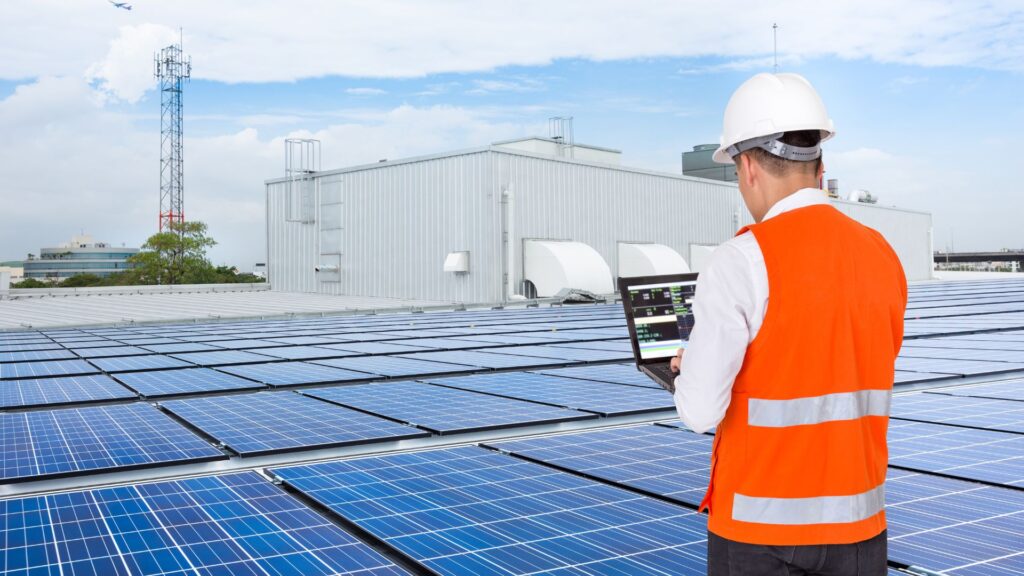
Conclusion
Observing moisture inside solar panels is a sign of a problem that should not be overlooked. Addressing this issue promptly through careful inspection, proper installation, and consulting with professionals is essential to maintaining the efficiency, safety, and longevity of your solar energy system.
If you’re experiencing persistent issues with moisture, consider reaching out to a solar panel expert who can offer more personalized advice and solutions.
